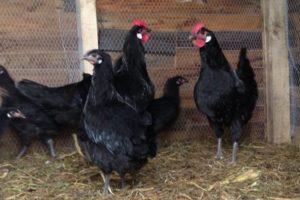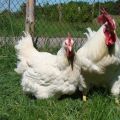Description and characteristics of chickens of the Forverk breed, rules for keeping and breeding
Forverk chicken breed is considered very popular. These birds have an unusual attractive appearance. In addition, they are distinguished by high productivity parameters and versatility. Feathered belong to the meat and egg direction. They are undemanding to care, therefore they are popular with many farmers. At the same time, to obtain a large number of eggs and tasty meat, chickens should create suitable conditions.
Description and characteristics of the Forverk breed
To obtain a unique list of characteristics and unusual appearance, breeders have combined Orpington chickens and local village birds. As a result of their efforts, after several generations, they managed to get a chicken of the meat and egg direction.
Appearance
The birds of this breed are characterized by an original appearance, which can serve as a real decoration of the poultry yard. The main features of birds include the following:
- Body size and shape atypical for meat and egg birds. Kluchee have a large, down-to-earth body with wide sides. This makes them look a little awkward.
- Chickens are characterized by a broad back and rounded belly. The shins and thighs are not as expressive. Small wings adjoin the body.
- The birds have dense plumage that contains a small amount of down. Roosters of this breed have a large tail.
- The birds are characterized by an unusual color. They have a black neck and tail, while the rest of the feathers are red or brown.
- The birds have a red face and oval white ears. The head is adorned with red earrings and a scalloped straight comb.
- The beak and metatarsus are gray in color.
- Chickens and cockerels weigh 2-3 kilograms.

Chicken productivity
Birds belong to the meat and eggs direction and are distinguished by high productivity parameters. Every year they give up to 170 eggs, covered with a strong, creamy shell. 1 egg weighs 55-60 grams. Growing up of individuals lasts six months. At the same time, birds give their first eggs earlier, while weight gain can last up to 1 year or even more. The meat has excellent taste. They barely change with age.
Bird temperament
These birds received a calm and balanced character from the parent breeds. It's hard to scare them. Chickens tolerate any stressful situations calmly. External factors do not affect the health or performance of the laying hens. Chickens of this breed quickly become attached to people.This can make it difficult to move to a new location. Roosters do not tend to get into fights or showdowns. With the correct sex ratio, it is possible to create a calm atmosphere in the hen house.
Puberty and egg-laying
Maturation of chickens of this breed occurs at an average pace. The approximate start of laying occurs in six months. However, this does not end the growth phase. Both chickens and cockerels continue to grow throughout the year. Sometimes development continues further.

The birds lay medium sized eggs. At the same time, the peak of productivity falls on the first year after puberty. During this period, chickens produce up to 170 eggs. Subsequently, these parameters rapidly decrease.
Incubation instinct
The instinct of incubation is not characteristic of birds. Moreover, its absence is not an obstacle for breeding birds. Today it is enough to acquire an incubator and have certain skills. Forwerk chickens have no maternal instinct. In the process of selection, they have lost genes that are responsible for the incubation instinct.
Of course, there are rare exceptions to this rule, but it is better to entrust the offspring to an incubator or other hen.
Pros and cons
The main advantages of chickens include the following:
- active development and weight gain throughout the year;
- excellent taste of meat;
- calm character;
- attractive appearance;
- frost resistance;
- unpretentiousness to food and conditions of detention;
- strong immunity;
- savings in feeding.
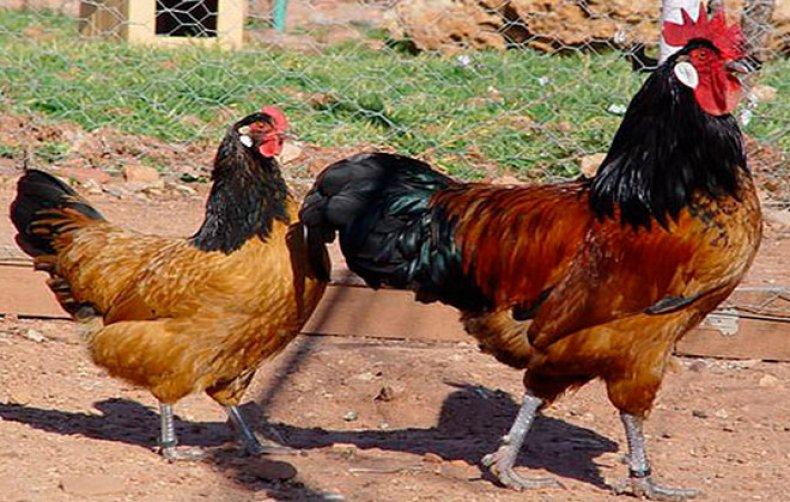
However, there are also disadvantages:
- rapid decline in egg production;
- difficulty meeting breed standards;
- lack of incubation instinct;
- long molting period.
Subtleties of maintenance and care
Chickens of this breed are distinguished by a calm and friendly disposition. They require special attention during the molting period.
Arrangement of a chicken coop
The chicken coop should be insulated and have additional heating, ventilation and lighting elements. There should be 5-6 chickens per 1 square meter. At the same time, it is recommended to organize a bedding on the floor of sawdust, straw or other material that absorbs moisture well. If necessary, it should be partially changed. When disinfecting the room, it is recommended to completely remove the coating and cover the floor with fresh material. The thickness of this layer should be 1-2 centimeters.

It is recommended to fix roosts low. In this case, it is worth making the distance between the levels 30-50 centimeters. It is best to place the nests in a quiet and dark place, covering them with hay or straw.
Choosing an area for a walking yard
The walking area should be fenced off with a net. At the same time, the height of the barrier must reach at least 2-2.5 meters. The area should be well lit by the sun. You should not organize walking in places with high humidity, where the soil does not dry out for a long time. It is better to put a bath with ash and coarse sand in a separate part of the yard. It is undesirable for these chickens to meet with other breeds.
Molting period
These chickens hardly tolerate molt. In this case, the plumage remains uneven for a long time. To speed up the recovery process, birds need increased nutrition. It needs to increase the amount of calcium and greens. It is worth mixing shell rock and crushed eggshell into the nutrient mixture. Also, birds need chopped tops of beets and carrots. They can be given nettles and dandelions.
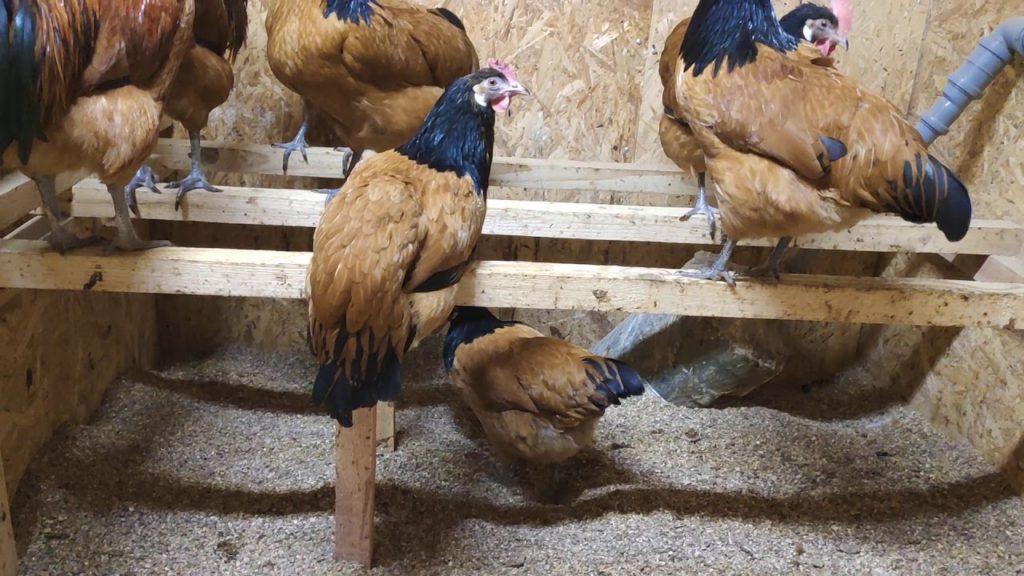
Replacing the herd
The birds give the maximum number of eggs in the first year of life. Subsequently, their volume is reduced by 25%. With an interval of 2 years, it is worth replacing the livestock.
How to feed the breed?
Chickens of this breed are considered very unpretentious. It is best to give the birds cereals. The diet may contain oats, buckwheat, millet, corn.You should definitely add vitamins, mineral salts, legumes to the compound feed. In the summer, chickens need greenery. At the same time, they are able to find food for themselves on their own. Constant access to clean water is essential.
Breeding chickens
It is worth breeding these birds using an incubator. Clusters of this breed are considered to be very mediocre brooders. In the first year, they do not sit on eggs. If, nevertheless, chickens begin to hatch chicks, then they rarely bring the matter to an end. There are sometimes lucky exceptions. However, experienced farmers advise using an incubator or a different breed of chicken.
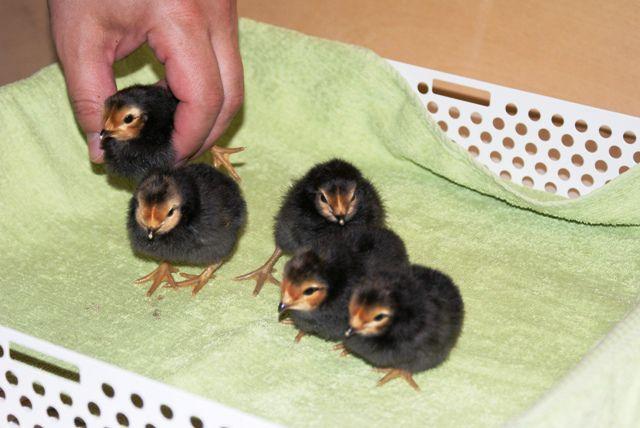
Diseases of chickens of the Forverk breed
These birds have a fairly strong immunity. Their diseases are caused by hypothermia or deficiency of useful elements. Most often, forverk chickens are faced with colds, cannibalism and vitamin deficiency.
It should be borne in mind that birds are not immune to dangerous infections. Therefore, for prevention, routine vaccination of chickens is carried out. Forverk chickens are distinguished by good productivity and unusual appearance. They are unpretentious in care, and therefore are grown in many farms.
